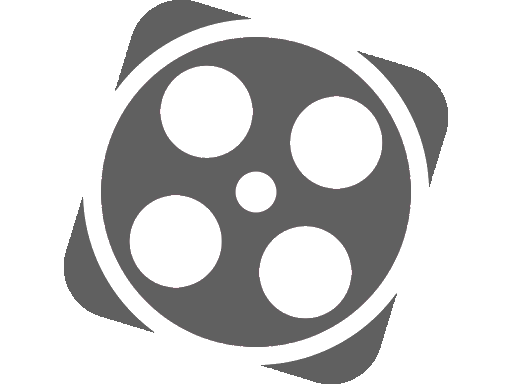Typographic hierarchy draws the user’s attention to the important bits
In this day and age, digital products help us to be more efficient, more social, more self-promoting, and more informed. We can hop online to find everything from the best-performing power drill to the perfect piece of pre-loved furniture. With our always-connected, always-needing culture, it’s no surprise the number of products and services that are devoted to finding the right person for the right relationship has increased.
As designers of experiences, we felt the need to research the mass democratization of dating and the so-called dating apocalypse. We chose 8 popular apps and focused on 12 features we consider the most interesting from a user experience perspective.
Aesthetics and Perception
While it’s important that the palette supports the brand’s personality, it’s even more essential that it set the right tone for the user’s experience. When it comes to desire, color can play a big role in setting the mood.
Is the user looking for love in a corporate environment, along the beach at sunset, or in a dark and shiny swinger room? Grindr and Sudy know just what its users want. Sporting a dark palette, it provides the perfect space for a little something nefarious. Highlighting actions with little pops of yellow or pink is not only a usability win, it also adds to the feel of quick and dirty.
On the opposite end of the spectrum, Appetence and Inner Circle have a monochrome color scheme that makes the likelihood of red-hot passion feel even more distant than its boring grey buttons.
While certain colors might be associated with common reactions, the idea that a particular color can evoke a specific emotion is about as accurate as the horoscope of your love life. Sorry – we know you thought the planets were finally aligned in your favor.
When meeting someone new, what’s the first thing you look at? Their eyes? Their smile? Their…something else? Well, we looked at their typography.
Typography creates hierarchy and helps to focus the user’s attention on what’s lovingwomen.org site kГ¶prГјsГј most important. Most apps, including Bumble and OKCupid use type size and weight to highlight the users on name only, while Appetence and Tinder include age and distance in more prominent typographic styles.
While most apps use sans-serif fonts with little personality, Appetence tries to set itself apart with an awkward coupling of rounded fonts and a slabbed logo. While it might be attention getting, it definitely falls short of a superlike.
Symbols and metaphors set a tone for relationship goals.
Aside from contributing to the brand identity, symbols and metaphors play a vital role in foreshadowing the type of relationship you might find in a dating app.
Appetence went with the obvious, the heart symbol. Fortunately, the other apps in this review got more creative with their self-expression.
Happn uses a thunderbolt, perhaps referencing Plato’s description of what occurs when two cosmic bodies collide. Even without the ancient greek, it’s obvious that a little spark can go a long way.
e, Bumble uses a bee as its icon, no doubt referencing the power of the queen. Yet it’s hard to imagine any queen being satisfied, considering the limited number of drones on the service.
Speaking of drones, there’s Grindr’s iconic mask, which is perfect for a land of anonymous flirtation, unlimited strikes, and peach emoji in every skintone.
With app icons often replacing logos in our mobile-first world, it’s no surprise that a simple metaphor choice could completely change a service’s demographics. In a world of bad boys and puppy love, perhaps the safe guy is truly the way to go.


